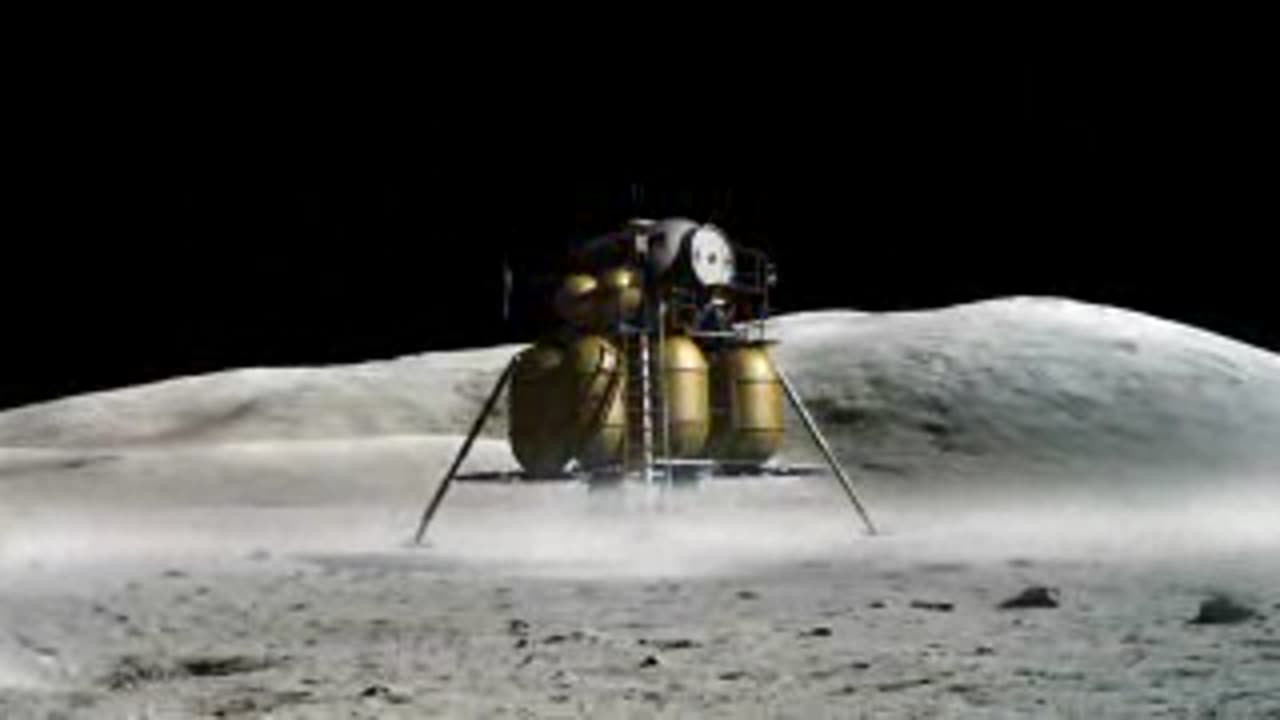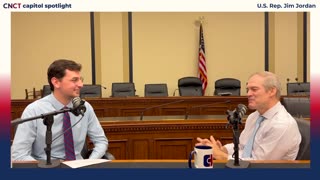Premium Only Content

LUNAR SURFACE STREAM
LUNAR SURFACE STREAM DESCRIPTION
The lunar surface is a barren and desolate landscape with several distinctive features and characteristics. Here's a description of the lunar surface streams and their features:
Regolith: The lunar surface is covered by a layer of fine, dust-like material known as regolith. This regolith is composed of small rock fragments, dust, and other debris created by meteoroid impacts over billions of years. The regolith varies in depth but can be several meters deep in some areas.
Craters: The lunar surface is pockmarked with countless impact craters of various sizes. These craters are the result of meteoroids colliding with the Moon over billions of years. Some craters are relatively small, while others, like the famous Tycho and Copernicus craters, are quite large and have distinctive central peaks and terraced walls.
Mare Basins: Lunar maria (singular: mare) are large, dark, and relatively flat plains on the Moon's surface. They were formed by ancient volcanic activity, where basaltic lava flooded low-lying areas. These maria often appear as dark patches when viewed from Earth and are named after Latin words for seas. Prominent examples include the Sea of Tranquility (Mare Tranquillitatis) and the Sea of Serenity (Mare Serenitatis).
Rilles: Lunar rilles are long, winding channels or trenches on the Moon's surface. They are believed to be the result of ancient lava tubes or collapsed lava channels from past volcanic activity. Rilles can vary in size and shape, and some of the most famous ones are found in the Marius Hills region.
Highlands: In contrast to the maria, the lunar highlands are rugged and heavily cratered regions that make up a significant portion of the Moon's surface. These highlands are older than the maria and are believed to be remnants of the Moon's early crust. They have a lighter color compared to the dark maria.
Boulders and Rocks: The lunar surface is strewn with rocks and boulders of various sizes. Some of these rocks are the result of volcanic activity, while others are impact ejecta from nearby craters.
Lunar Soil: Lunar soil, also known as lunar regolith, is a loose material that covers the Moon's surface. It is made up of tiny rock and mineral fragments, as well as small glass beads created during meteorite impacts. This soil is powdery and abrasive and can be a challenge for lunar exploration equipment.
Apollo Landing Sites: The lunar surface is also home to several historic Apollo landing sites, where astronauts from NASA's Apollo program landed and conducted experiments. These sites include the Apollo 11 landing site in the Sea of Tranquility and the Apollo 17 landing site in the Taurus-Littrow Valley.
Overall, the lunar surface is a stark and fascinating landscape, shaped by billions of years of geological processes, impacts, and volcanic activity. It continues to be a subject of scientific study and exploration by robotic missions and, potentially, future human missions to the Moon
-
 52:05
52:05
PMG
19 hours agoWhat "Does Freedom Cost? Steven Soloman's On-the-Ground Documentary in Ukraine"
375 -
 1:03:43
1:03:43
In The Litter Box w/ Jewels & Catturd
23 hours agoFlaming Crack Doodles | In the Litter Box w/ Jewels & Catturd – Ep. 721 – 1/16/2025
40.6K17 -
 1:06:42
1:06:42
Dr. Drew
5 hours agoDave Rubin: Wildfires Burn Los Angeles & CA Gov. Newsom's Last Hope Of Being President – Ask Dr. Drew
42.8K1 -
 2:08:01
2:08:01
The Quartering
6 hours agoElon Musk Has A MELTDOWN & Leaks DM's, Matt Walsh Vs OF Girls, & the WORST Video We've Ever Seen!
112K54 -
 44:54
44:54
Steve-O's Wild Ride! Podcast
6 hours ago $2.94 earnedMark Wahlberg Threatened To Beat Up Jackass Cast Member - Wild Ride #251
34.4K8 -
 LIVE
LIVE
tacetmort3m
8 hours ago🔴 LIVE - PUNISHING THEM ALL TO RANK UP - MARVEL RIVALS RANKED
103 watching -
 36:14
36:14
Capitol Spotlight
3 hours ago $0.65 earnedWho is Rep. Jim Jordan outside of Congress?
12.2K1 -
 3:34:16
3:34:16
SIEFE
6 hours agoRED DEAD REDEMPTION 2 LIVE!
49.8K5 -
 1:16:43
1:16:43
Russell Brand
7 hours agoHollywood Hypocrisy and Fighting Corruption: Rob Schneider Speaks Out! – SF521
111K102 -
 7:17
7:17
Rethinking the Dollar
6 hours agoTrump's Crypto Reserve Plan Shocks Everyone
25K4